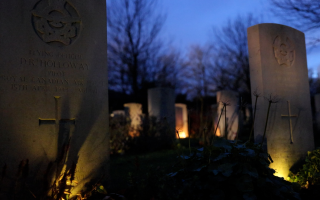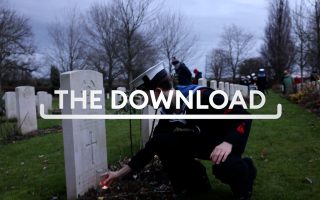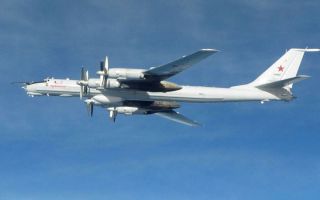The AH-64E Apache: It's powerful and sophisticated, but is it still relevant?
The Apache is one of the most iconic and feared attack helicopters ever deployed – fast, deadly and heavily armed.
But warfare is evolving, posing the question: Is the Apache still relevant?
And it's not just about the Apache. This question applies to all attack helicopters, but this helicopter is special to UK forces, and the Mk1 variant was the British Army's first purpose-built attack helicopter.
The Apache earned its stripes in Libya, Iraq and Afghanistan, where its menacing appearance earned it the nickname Ugly.
The Mk1 was retired in 2024 and replaced by 50 of the Apache AH-64E models.
This significant upgrade included better sensors and radar systems, more powerful engines, a modernised digital cockpit, newer precision and laser-guided weapons, better communication systems and enhanced
Basically, the AH-64E was built to handle the demands of modern warfare. But so much has changed so fast.
Former RAF intelligence officer Doctor Keith Dear told BFBS Forces News: "In AI, at the moment, we're seeing a 10x increase in the cost effectiveness and performance of models every 10 months.
"And that's not slowing down, it's speeding up. So, if you go back a few years, when the first GPT OpenAI model was released, it was able to do coding tasks.
"It took 30 seconds. It can now do tasks that take an hour. If it continues on its current trajectory, it'll be completely autonomously completing tasks that take a whole month by the middle of next year.
"And it's incredible. And that kind of automating and rapid acceleration is why we won't have pilots in aircraft beyond 2030 at the latest."
Dr Dear pointed out how piloted aircraft were already being tested to operate without a crew, citing examples like the X-62 Vista – a modified F-16D Fighting Falcon which, under AI control, took part in a dogfight with a human-piloted F-16.
And yet at the moment there still seems to be a strong desire not to let go of the attack helicopter.
"If they're survivable, they're extremely useful. And the Army always wants close air support," explained Sitrep defence expert Professor Michael Clarke.
"No army can really rely on its air force for close air support for all sorts of reasons, there's never enough of it.
"And armies want their own close air support that they can command themselves – an air arm that can actually get above their own troops and towards the enemy troops or enemy installations, to do the things that they need to do.
"So I understand the way the Army feels about that, but it kind of depends upon whether there is a new development in the offing which can actually keep the skies safe for attack helicopters, even for short periods."
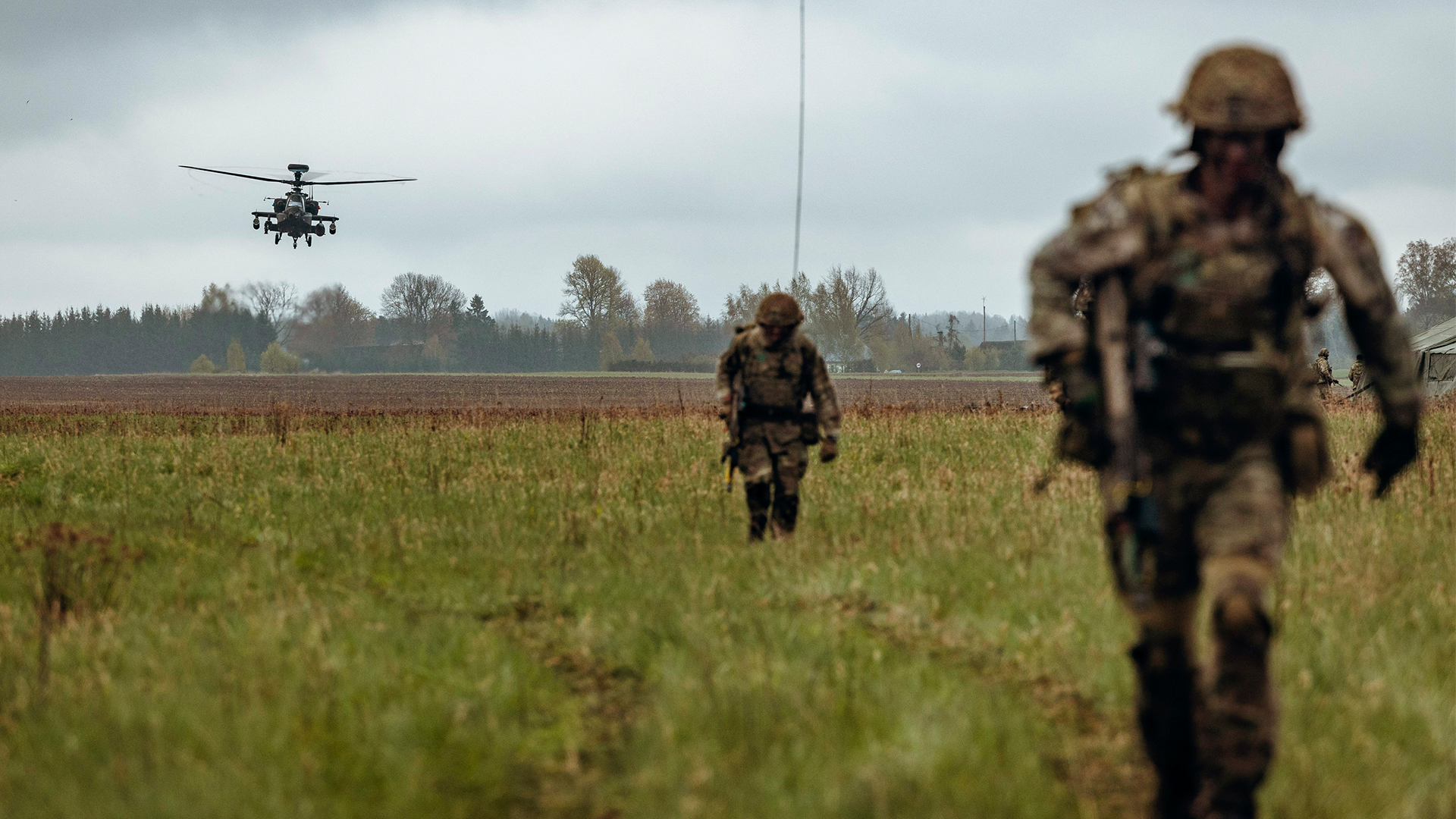
Keeping the sky safe is the problem. Helicopters face a growing list of threats. Take Russia's Pantsir-S1 missile system, for example.
It's not new, but it's constantly evolving. Recent combat use, especially in Ukraine, has shown how even older systems are being upgraded with better radar and faster targeting, making them increasingly deadly to low-flying aircraft like the Apache.
The Tor-M2 system has proven especially dangerous in Ukraine too as it's highly mobile, fast-reacting and capable of engaging low-flying helicopters with accuracy.
These are just two examples of systems that pose a major threat to Apaches trying to hover, loiter or manoeuvre close to the action.
And there's the cyber threat. Helicopters that rely on complex digital systems are more susceptible to hacking.
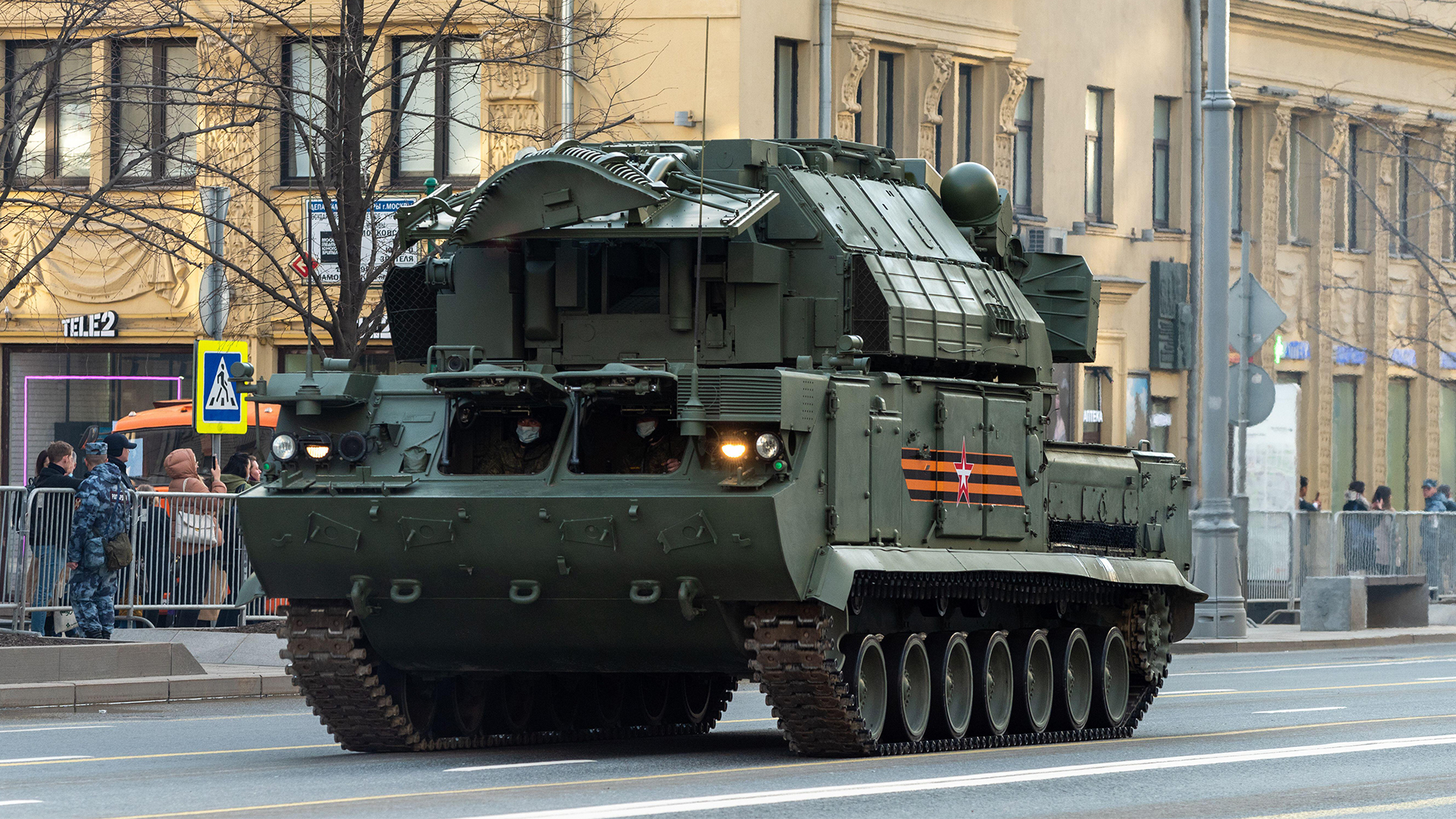
But despite all that, the Apache is evolving. The Army is reportedly exploring how to integrate drones into Apache operations.
They could soon be controlling multiple uncrewed aerial systems directly from the cockpit.
It would give them eyes further forward, better situational awareness and the ability to strike without exposing the aircraft to frontline air defences.
They could engage more targets from a distance rather than risking contested airspace.
Could that be the answer, or should we just be saving the money and spending it elsewhere?



